CTRC presents key considerations, divided into six sections, to guide California health care executives as you weigh the right balance of virtual solutions to complement in-person care for your health center and the patients you serve.
Blog
This factsheet provides recommendations for providers when treating patients with disabilities via telehealth. It includes both general recommendations for providers as well as specific tips when treating patients who are deaf or have hearing loss, patients who are blind or have vision loss, and patients with physical/developmental disabilities.
Virtual care offers many benefits, but it can also increase exposure to cyberthreats. These tips can help keep PHI secure.
This toolkit is intended to help California providers and patients optimize RPM for better, more equitable care. Practices that embrace RPM technologies today, will be well positioned to leverage eminent powerful advances that build on RPM to transform care as we know it.
In our final post of this series, we will examine some other ways that telehealth can benefit health care practices in working with patients’ social needs, including examples of SDOH topics that are particularly well-suited to telehealth-based approaches.
Screening for SDOH can involve discussions of sensitive and potentially stigmatizing topics, such as financial and food insecurity, and has the potential to exacerbate or cause new trauma if not done in an empathetic and patient-centered manner.
Screening for SDOH and specific social risk factors, such as unstable housing, food insecurity, and lack of transportation, has become increasingly common in health care settings over the last few years, as appreciating the fuller context of the lives and lived experience of patients is fundamental to a patient-centered, whole-person approach to care.
Telehealth has been happening in some form or another for over 20 years, but the COVID-19 pandemic caused the more providers and patients than ever to make the shift to virtual services when the lockdown restricted access to in-person appointments. Get an inside look on how virtual access to these services impact students and theirRead more
Telehealth has been happening in some form or another for over 20 years, but the COVID-19 pandemic caused the more providers and patients than ever to make the shift to virtual services when the lockdown restricted access to in-person appointments. Get an inside look on how virtual access to these services impact students and theirRead more
This guide, produced by the Northeast Telehealth Resource Center, contains 8 tips to make your video visit experience a success.








